A book review on Designing the Sustainable Site: integrated design strategies for small-scale sites and residential landscapes, by Heather Venhaus; Matt McCaw. At this time, we want to introduce you to a complete, practical guide to facing the challenge of sustainable design beyond simply “doing no harm”. Through a holistic perspective, author Heather Venhaus draws attention to the landscape we are most exposed to: the outdoor small-scale sites we pass by every day. Her wide background working on multidisciplinary teams, always in search of better standards and strategies, was key in her writing of Designing the Sustainable Site. The book takes a look at sustainable design through the lens of experience, offering practical tips and methodology.
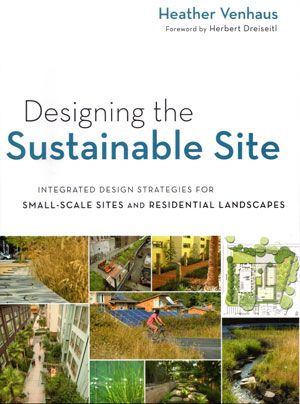
Front cover of Designing the Sustainable Site. Photo credit: Elisa
García Nieto
Designing the Sustainable Site
Clues After the First Impression The soft cover, just a bit smaller than A4 format and less than 0.8 inches thick, makes the book ideal for any personal library. There is much information condensed in its pages, however, and even at first sight, Designing the Sustainable Site looks like an easy-to-read piece of writing due to its clean composition and the nice balance between text and graphic elements. In that sense, it is coherent to the visual style that most designers naturally prefer. Just a little note: Although the pages are populated with representative photographs from different projects and the images are involved in the explanation of the ideas in a well-driven way, this is not the kind of book focused on showing a masterwork through graphic documents. You should not expect to find constructive details of alternative solutions. Get it Here! Beyond the Conventional Green One of the aspects really reinforced by Designing the Sustainable Site is the interconnection among different fields and characters involved in the development of sustainability. In fact, the book understands the phenomenon as a big picture, including information about maintenance guides, budget, health, and energy as part of this global point of view.
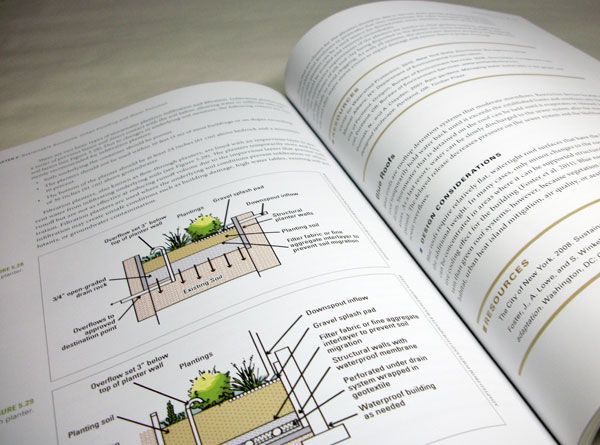
Inside Designing the Sustainable Site. Photo credit: Elisa
García Nieto
- Landscape and Urban Design for Health and Well-Being
- Digital Drawing for Landscape Architecture
- 10 Books to Read in Your Fourth Year of Landscape Architecture
The Structure One of the main features of this book is its practical orientation. The structure is clear and simple: After brief introductions to different subjects, the readers are soon addressed to design considerations and strategies, pieces of advice, and, finally, real projects that work as case studies.
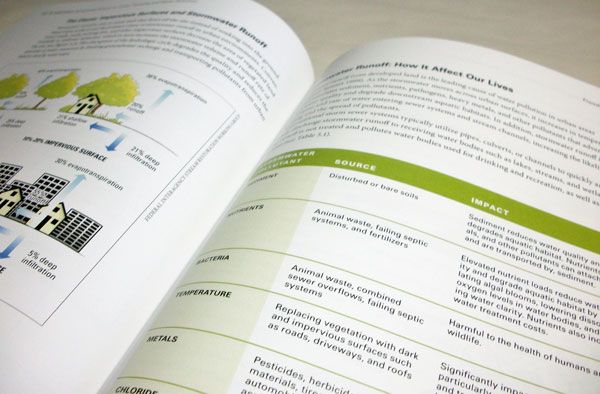
Inside Designing the Sustainable Site. Photo credit: Elisa
García Nieto
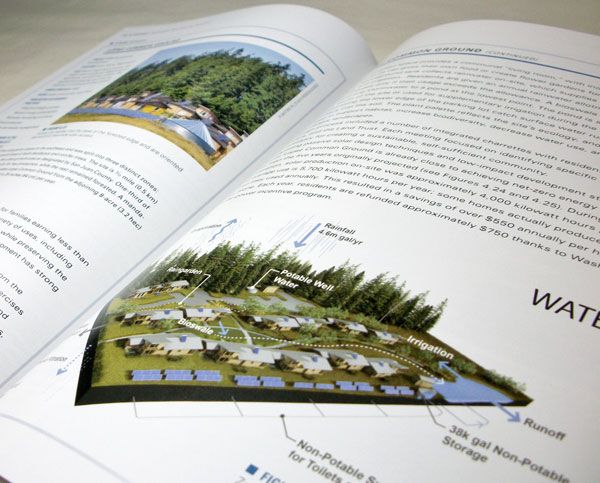
Inside Designing the Sustainable Site. Photo credit: Elisa
García Nieto
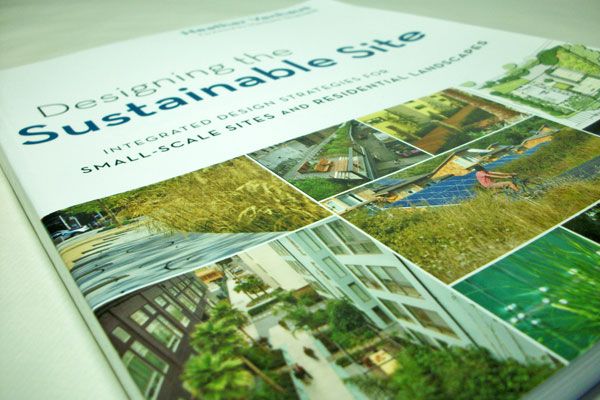
Click HERE and pick up your copy of Designing the Sustainable Site. Photo credit: Elisa
García Nieto
Pick up your copy of Designing the Sustainable Site today!
Review by Elisa García Nieto Return to Homepage
Published in Blog




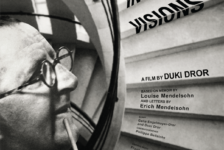






Pingback: Green architect – Globalgbc.org